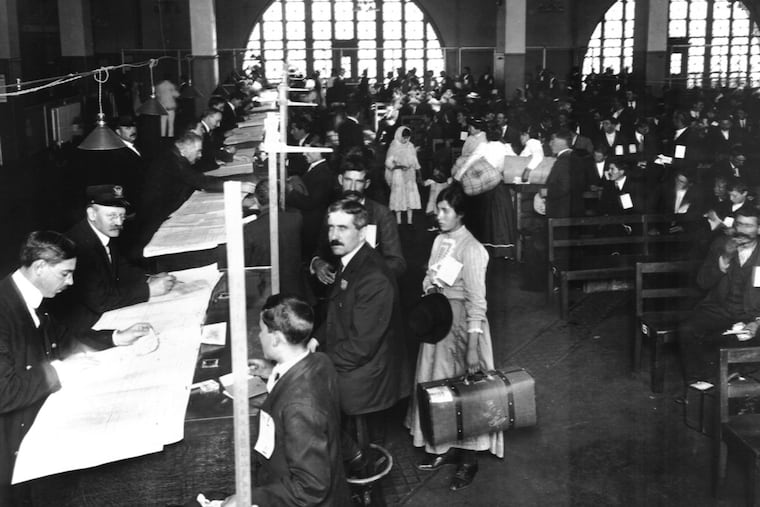Your immigrant ancestors came here legally? Are you sure?
"If you know what ship a person came on, and the port they entered, you could probably figure out if they entered legally," said University of Pennsylvania political science professor Michael Jones-Correa, a researcher and writer on immigration. "But what legally meant was very different at the turn of the last century, compared to what it means now."
